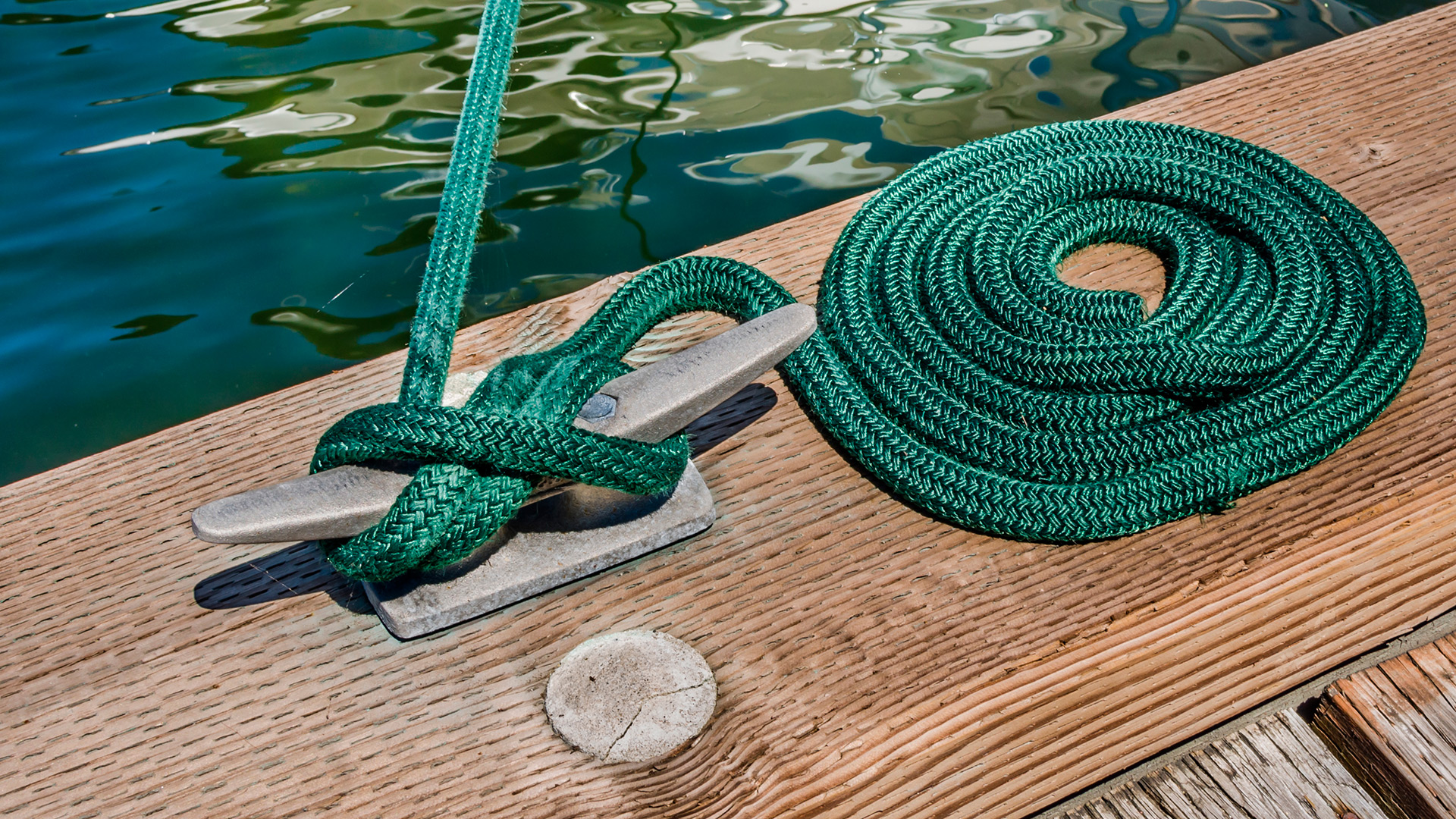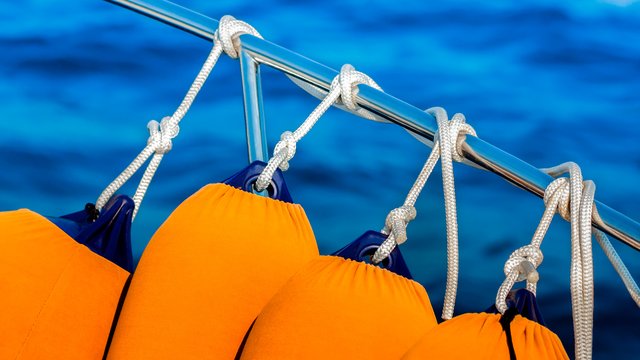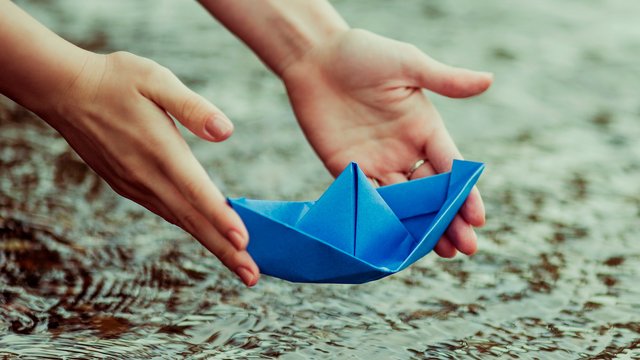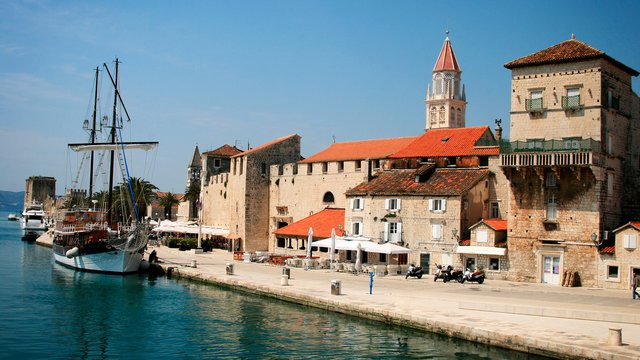Clothing for yachts
1. A small suitcase (preferably not plastic) or a travel bag on wheels (on a yacht it is more convenient to place luggage of small dimensions). If you are traveling not alone it is better to take 2 not big suitcases or bags than one, but huge.
2. Special shoes for walking on a yacht while sailing. The yacht usually walks barefoot, but when the boat is in motion and you move around the boat, the bare foot is very easy to damage the metal parts on the deck or slip on the wet surface. It is better and safer to use special shoes. (The main thing in yachting shoes is that it does not stain the deck with black marks from the soles, it slips on plastic and a wet tree and it ventilates the leg well.) Yachting shoes are of several kinds: for sports (usually used by sailors. (for example, "SLAM"), practical, for travel and skippers (Leather, with a circular lacing, non-slip sole, soft, for example "SKIPPER MARINE" or "GILL"), fashionable, for travel (Leather, Soft Comfortable, fashionable brand, for example "GAASTRA".)
3. Footwear to go ashore. (For these purposes, slates are very convenient, any convenient for you. Before entering the yacht they are taken off and go barefoot on the yacht. It's better not to buy expensive ones, as they are often lost or simply forgotten on the beach.)
4. Headgear. (Panama is better for skippers or for travelling , it protects not only the head from the sun, but also the ears and neck and partially shoulders. For rainy weather, it's best to use the zuidvelde. All this can be bought in the store "Decathlon". For sailors, you can recommend ordinary baseball caps with a cord (so as not to blown away by the wind))
5. Sailing gloves with fingers (better leather, with a rough surface. When buying, try with a gloved hand clamped "yachting rope" and pull it out of hand grip. If the rope is crawling in his fist, the gloves are better not to take. Proven "GILL" gloves of yellow skin with black accents on the palm and fingers).
6. Shorts (2-3 pairs, comfortable, with pockets on velcro or zippers, preferably in dark colors - the deck of the yacht is usually not sterile).
7. Swimsuits or bathing shorts (2-3 pairs).
8. Yacht pants with reinforced inserts (1 pair, this type of clothing can be recommended for sailors or for general use in cloudy weather, GAASTRA and MUSTO make very good yacht pants).
9. Sun-protective T-shirts with sleeves (2pcs. Better white, protect from ultraviolet better than any cream Protection degree + 50. For example "GILL" series PRO or "MUSTO").
10. Yacht sunglasses (2 pairs. Better to use specialized, because almost all of them have a polarizing effect, have a special shape and soft rubber inserts to hold tight on the face and protects the eyes from side illumination).
11. Fleece waistcoat (Any color, Believe us that in the wind, at a temperature of + 20-23 you will not be hot in it).
12. Fleece sweater with sleeves. (Will be useful for all users as needed) (travel in the spring and autumn, at night watches to sailors and steering. It is irreplaceable for yachting at a temperature below + 20C).
13. Waterproof jacket and pants (Depending on the region of your voyage and your role aboard the yacht, you can offer several options:
- For holidaymakers there is enough splash / windproof jackets "SLAM", "MUSTO" or "GAASTRA" of the tropical series (white) any waterproof pants.
- For sailors, waterproof jackets for coastal swimming (with a hood) and waterproof trousers with straps and reinforced knees are best.
- For skippers, it is better to buy a waterproof jumpsuit (the "OFFSHORE" series.) I consider the best quality and price / quality ratio "MUSTO" or "GILL"
14. Sunscreen (it is better for children, water-resistant, sun protection of at least 30).
15. Cosmetic cream (better chamomile or children's (both are made in Russia.) Very useful for weathering or burnt lips.
16. Panthenol (spray, ointment or gel).
17. Miramistin or Chlorhexidine (before smearing the weather-beaten or burned lips with cream - soak them with a cotton fleece with these fluids.) All will heal much faster)
Somebody likes to recommend taking rubber boots. We do not recommend you to use rubber boots. As a rule, tourist yachting takes place in the warm season and tropical latitudes. In rubber boots, your feet just go off. Leather shoes or synthetic slippers, although quickly wet, but just as quickly dry and keep the heat of the feet.
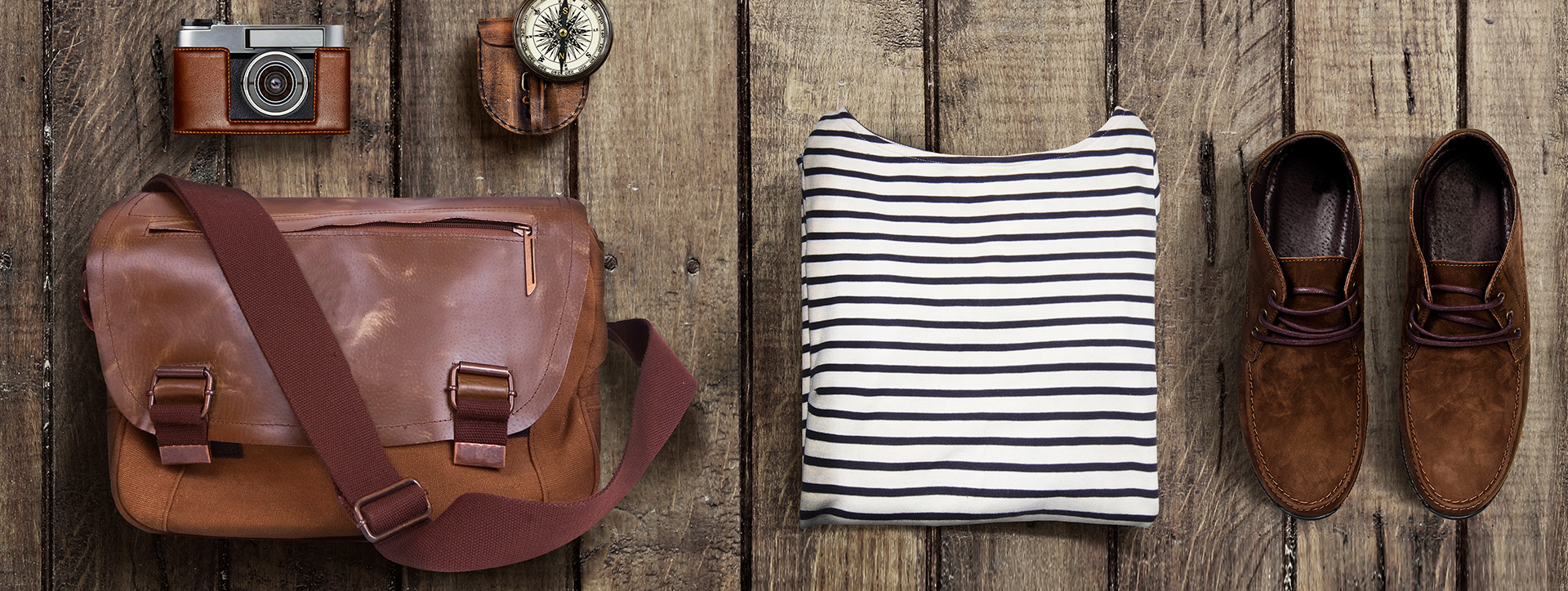
Do not wear cotton socks with yachting shoes. Cotton absorbs moisture well, but it dries very poorly. From this, the feet will freeze faster. For the same reason, do not go on a yacht for a long time (especially in wet weather) in wet (wet) T-shirts or sweaters. It's better to wear fleece on your naked body. This material keeps the heat well (even in wet form) and dries quickly (unlike cotton).
If your goal is not just a short trip for 1-2 weeks, you aim at crossing over the Atlantic, rounding Africa, and so on the list of selected things is more detailed, depending on your goals and the ship's role.

